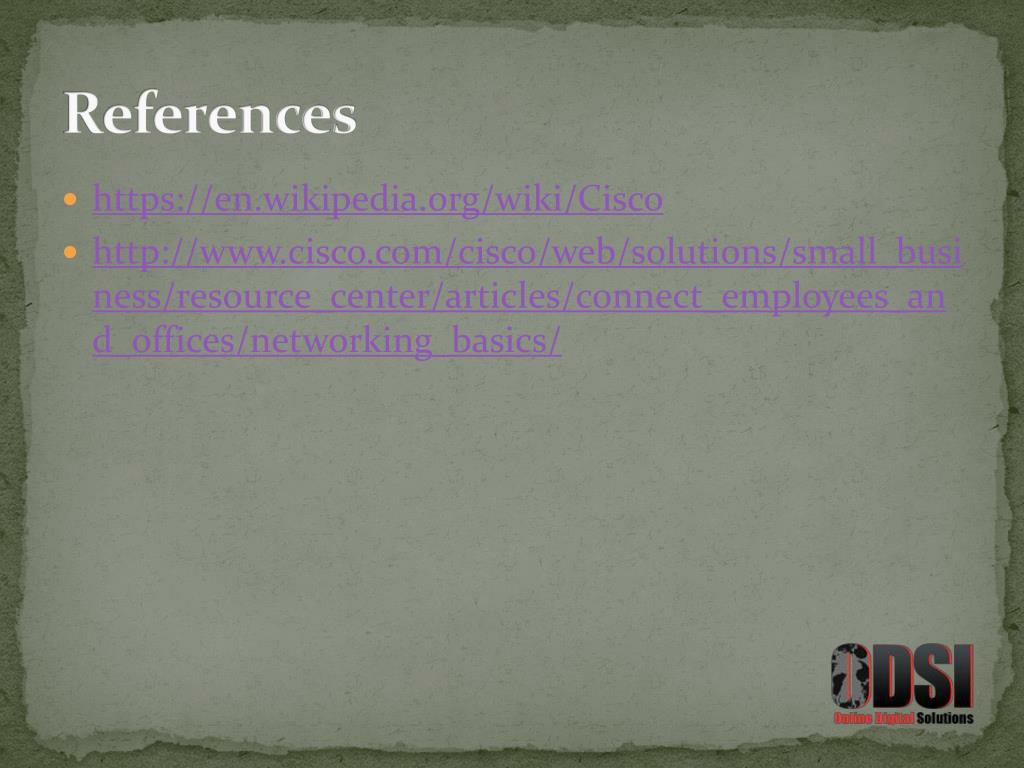


Primary router is configured in a 192.168.1.X subnet and leases DHCP address in the same pool. In the case in which we are interested, a secondary router running DD-WRT v24 is configured as a Repeater Bridge between a Primary wireless router (of any make/brand/FW) allowing the above configuration.
#CISCO RECEIVER WIKI FOR FREE#
You can still use this mode if you only need to bridge wired clients the extra wireless repeater capability comes along for free however, you are not required to use it. Repeater Bridge allows wireless AND wired clients to connect to a the Repeater Bridge router, and through that device wirelessly to a primary router. Wireless clients cannot connect to your secondary router configured as a standard bridge. The limitation with standard bridging is that it only allows wired clients to connect to your secondary router. Of course, you can still connect clients to your main router using either a cable connection or a wireless connection. Secondary clients share the bandwidth of a wireless connection back to your main router. Difference between Client Bridge and Repeater BridgeĪ standard wireless bridge (Client Bridge) connects wired clients to a secondary router as if they were connected to your main router with a cable. Use a wireless bridge to transparently connect computers in one room to computers in a different room when you cannot-or don't want to-run an Ethernet cable between the two rooms. DHCP clients in one segment can get their addresses from a DHCP server in the other segment. Since the computers are on the same subnet, broadcasts reach all machines. The two segments are in the same subnet and look like two Ethernet switches connected by a cable to all computers on the subnet. 7.2 The "half bandwidth" misunderstandingĪ wireless bridge connects two LAN segments with a wireless link.2 Difference between Client Bridge and Repeater Bridge.


 0 kommentar(er)
0 kommentar(er)
